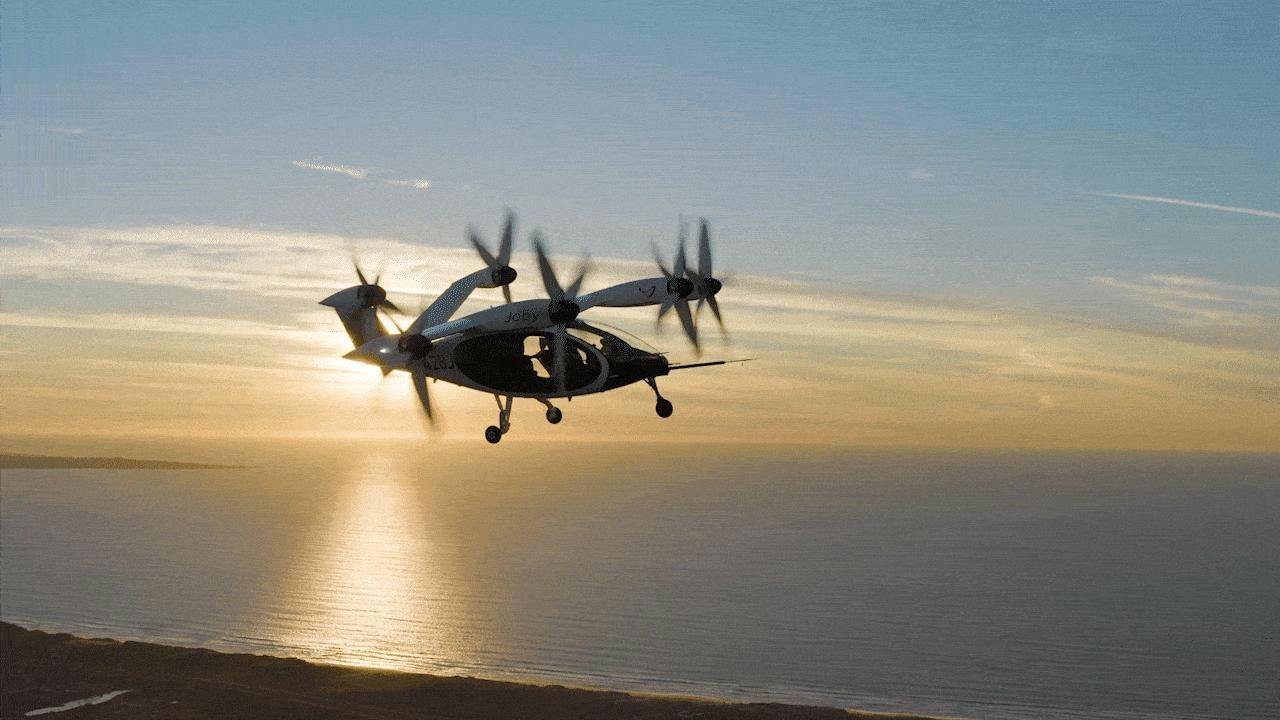
AeroGenie — 您的智能副驾驶。
热门趋势
Categories
Breeze Airways Minimizes Impact of Tariffs on New Aircraft
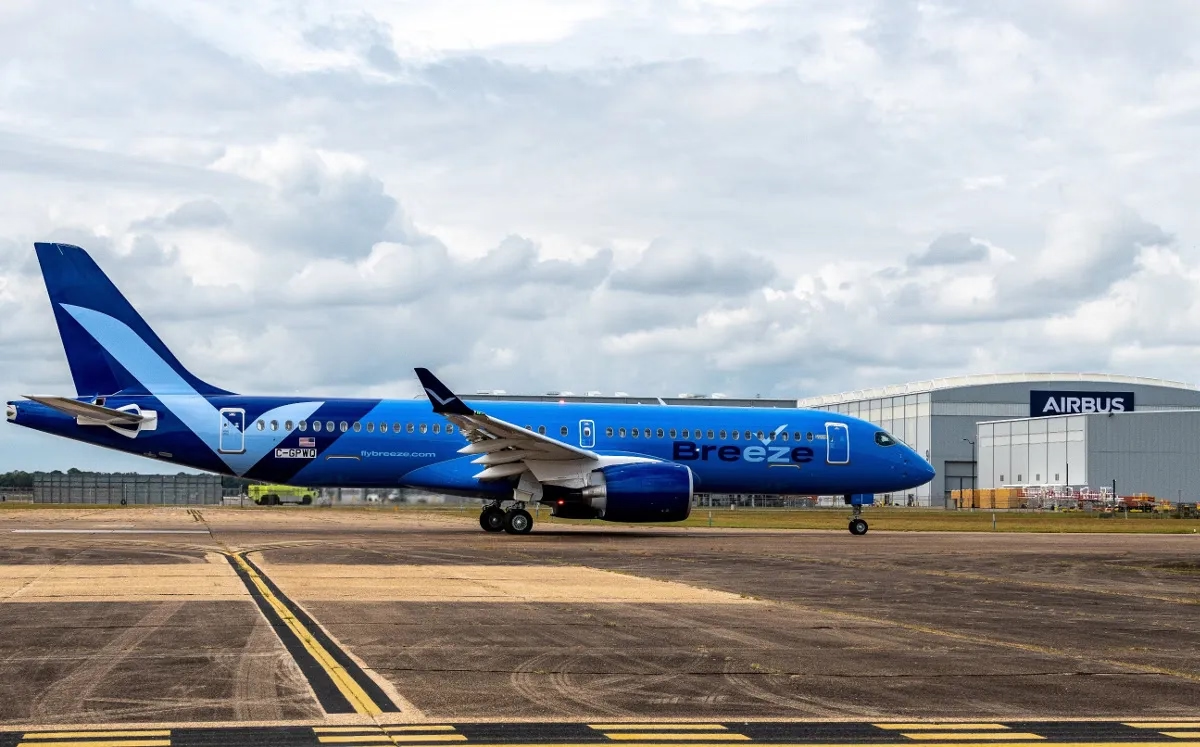
Breeze Airways Navigates Tariff Challenges on New Aircraft
Tariff Implications for Breeze Airways’ Fleet
David Neeleman, CEO of Breeze Airways, has sought to minimize concerns regarding the impact of tariffs on the airline’s new A220-300 fleet. While acknowledging that manufacturing the aircraft in Canada currently incurs additional costs due to the ongoing trade tensions between the United States and other countries, Neeleman emphasized that these tariffs, though present, are manageable. The A220 jets are assembled at Airbus’ facility in Montréal Mirabel, Canada, which falls under the United States-Mexico-Canada Agreement (USMCA). As a result, certain components, such as the wings, are subject to tariffs, adding to the aggregated cost of the aircraft.
Airbus’ Strategic Position and U.S. Aviation Trade Dynamics
Neeleman highlighted Airbus’ strategic efforts to mitigate tariff impacts by expanding its assembly operations in the United States, particularly at its Mobile Downtown, Alabama plant. This facility currently employs 2,000 workers, with plans to increase the workforce to 3,000. He underscored the significance of the U.S. aviation industry as a major exporter, noting a six-to-one export-to-import ratio. The United States exported $124 billion worth of aviation products while importing only $20 billion. In this context, Neeleman cautioned against policies that could jeopardize the aviation sector, given its substantial trade surplus and economic importance.
Breeze Airways’ Fleet Composition and Business Model
Despite the tariff challenges, Breeze Airways remains committed to the A220 Family aircraft, viewing it as the optimal fit for its operational strategy. The airline’s business model enables it to generate revenue comparable to low-cost competitor Spirit Airlines, but with approximately 100 fewer seats per flight. According to ch-aviation fleet data, Breeze currently operates thirty-seven A220-300s alongside ten E190s and three E195s, with plans to retire the E195s in the near future. Additionally, the airline has fifty-five more A220-300s on order, signaling continued investment in this aircraft type.
Financial Outlook Amid Market Conditions
Looking ahead, Breeze Airways anticipates achieving profitability in the second quarter of the year. While acknowledging some softness in the U.S. market—particularly within the transcontinental segment—Neeleman noted that fuel prices have not exacerbated the situation. He described the current environment as stable, with the airline well-positioned to navigate ongoing market fluctuations.
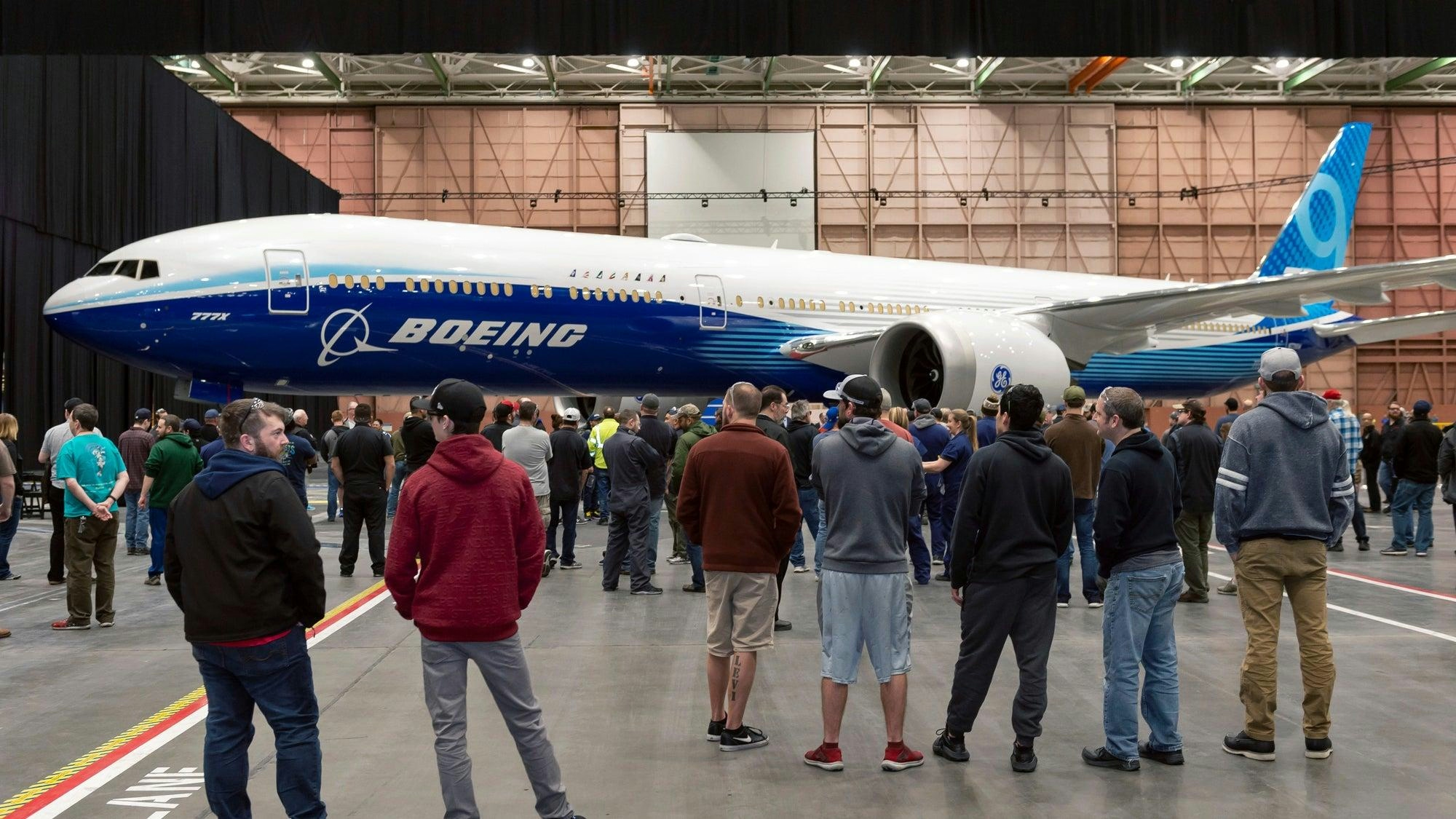
Why the Boeing 777X Is Limited to a Single Engine Type
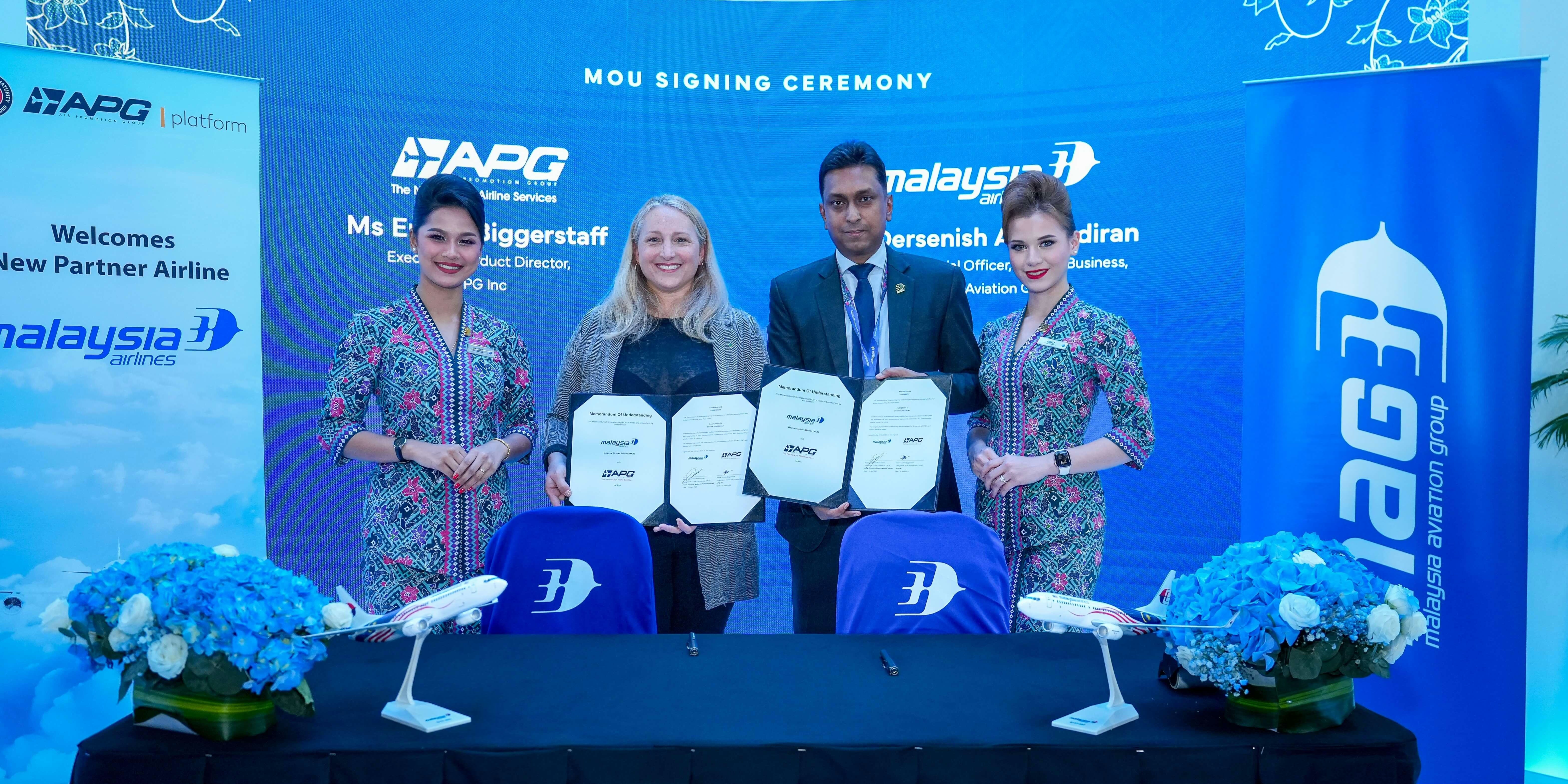
Malaysia Aviation Group Announces Long-Term Business Plan
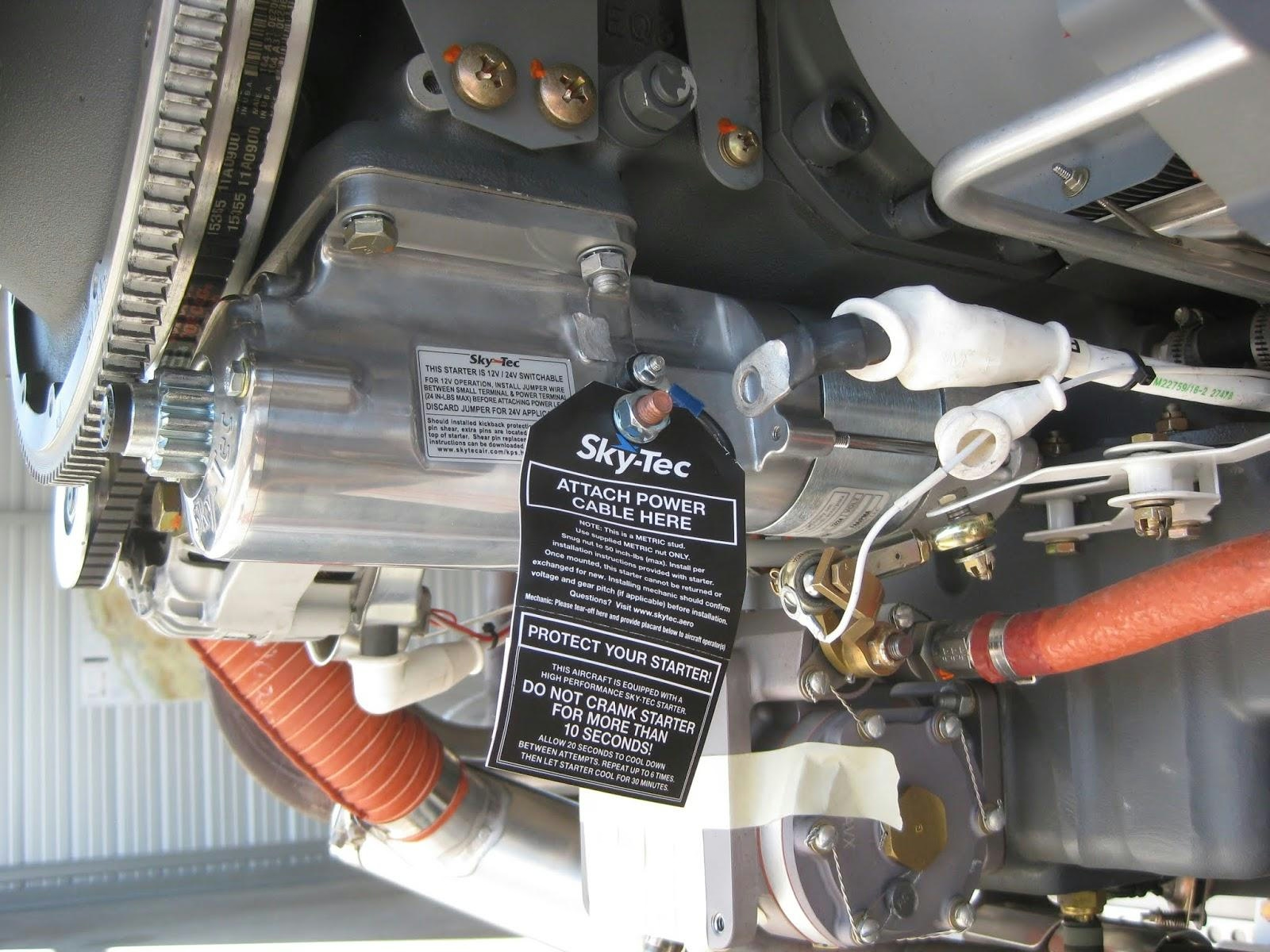
Hartzell Launches Sky-Tec Starter Line
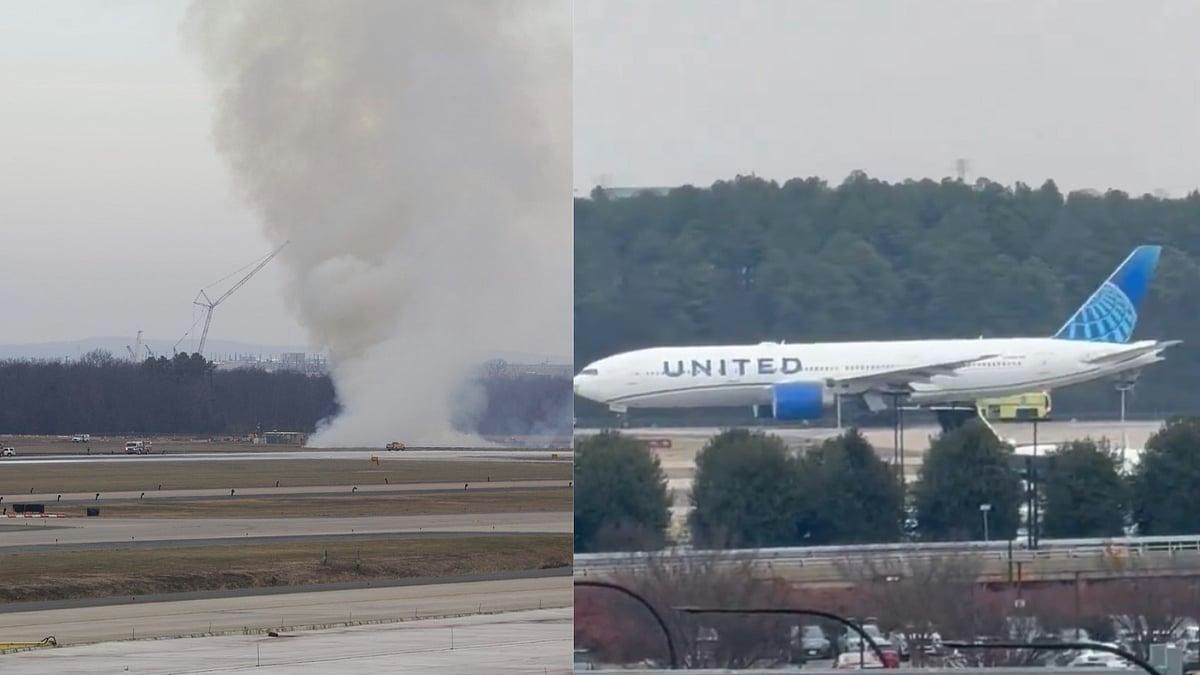
Boeing 777 Engine Failure Reported at Dulles Airport
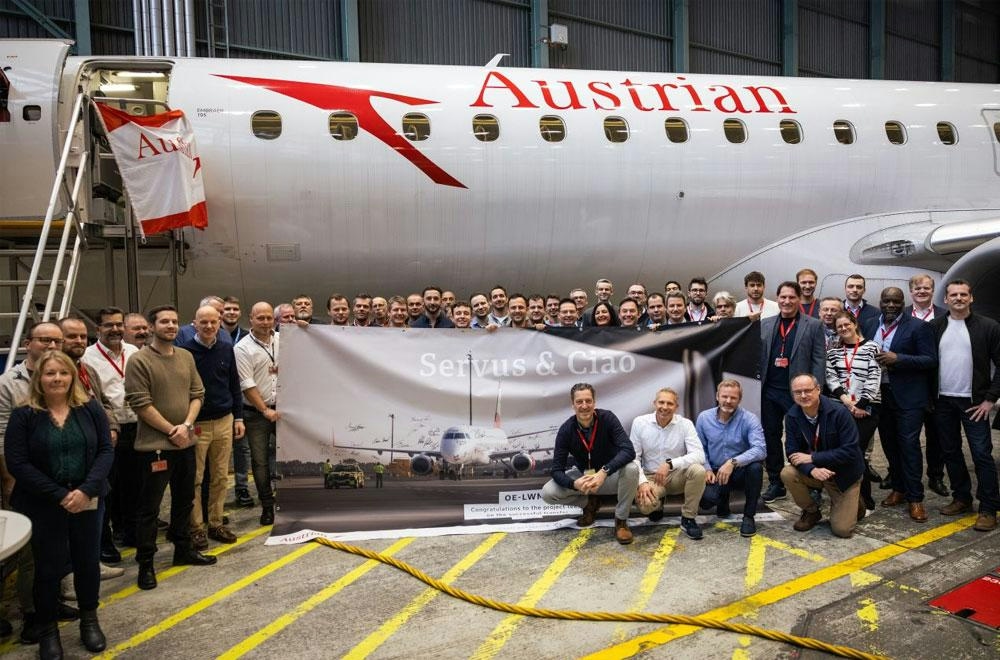
Austrian Airlines Transfers Embraer Fleet to Air Dolomiti
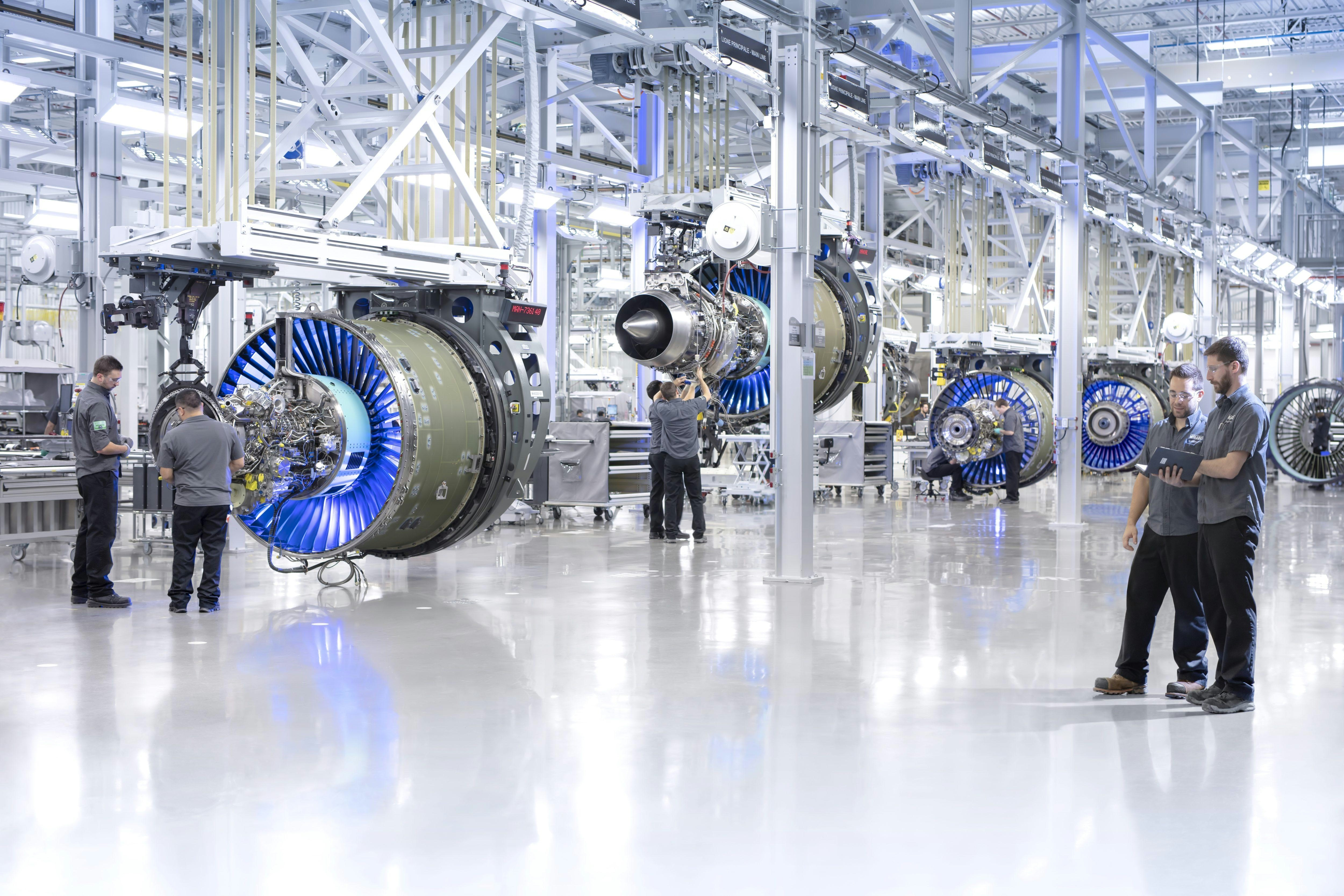
Airbus and Ingenium Open Aerospace Innovation Lab in Ottawa
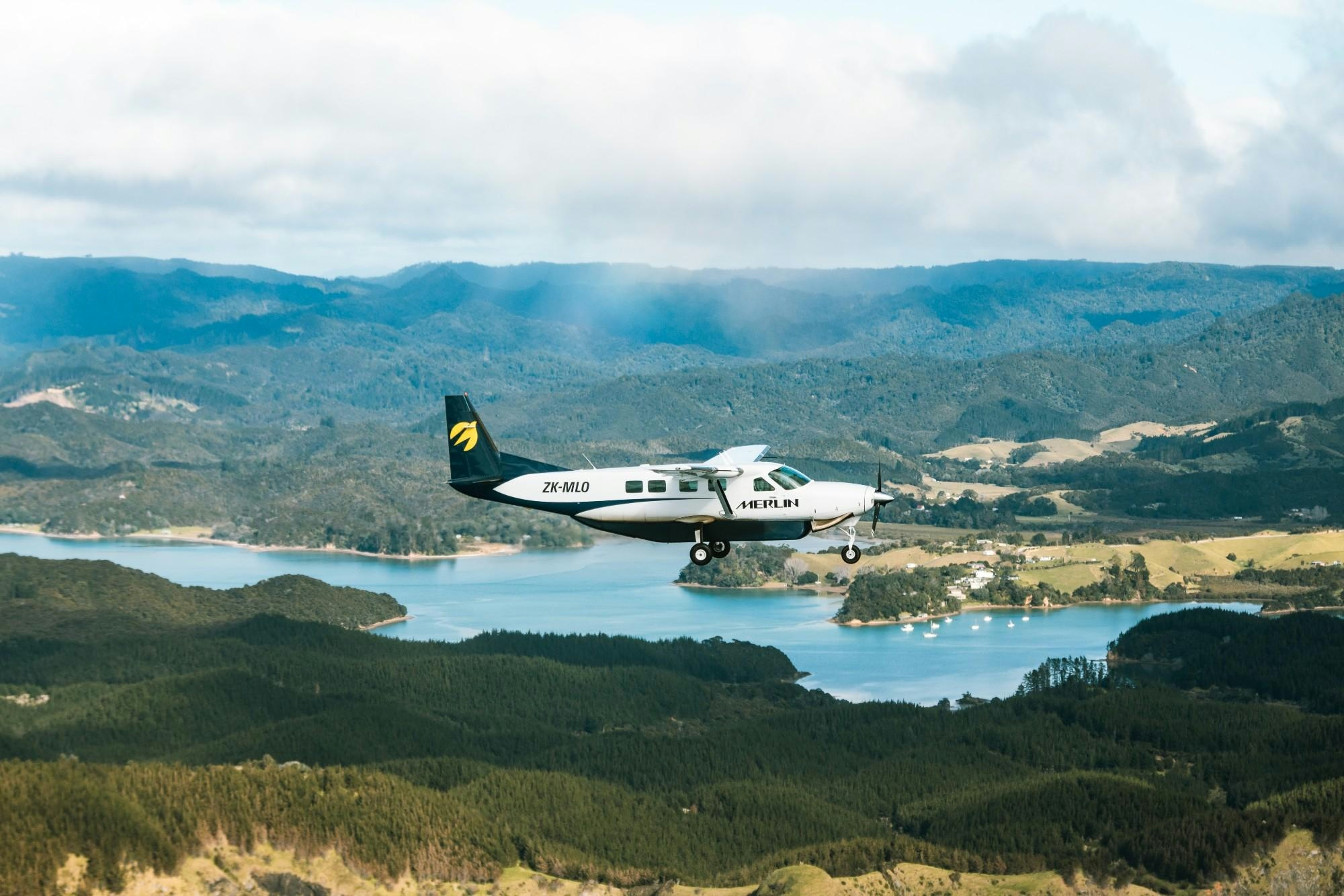
Merlin Labs: AI Aviation Company with SPAC Downside Protection
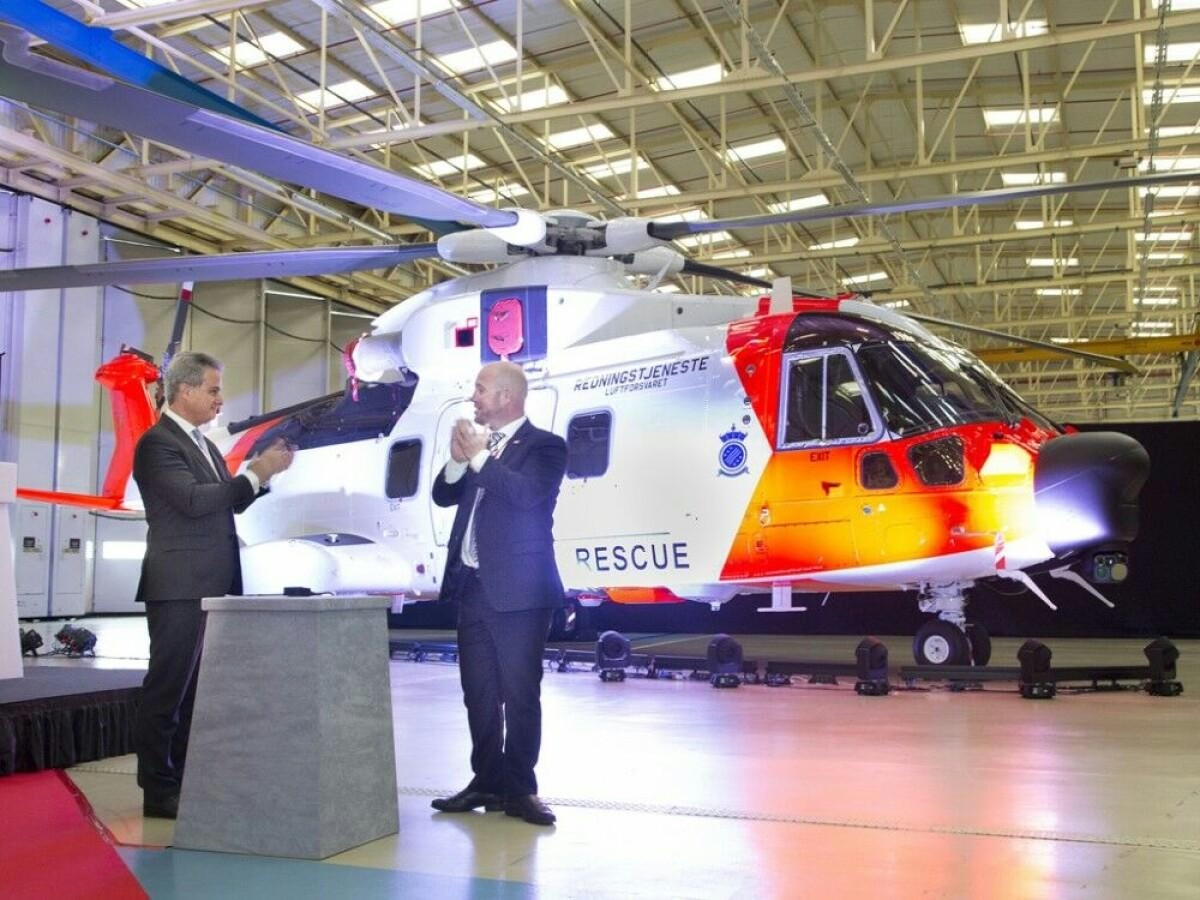
Heli-One Extends AW101 Search and Rescue Support in Norway

Falko Completes First Aircraft Sale in Japan
